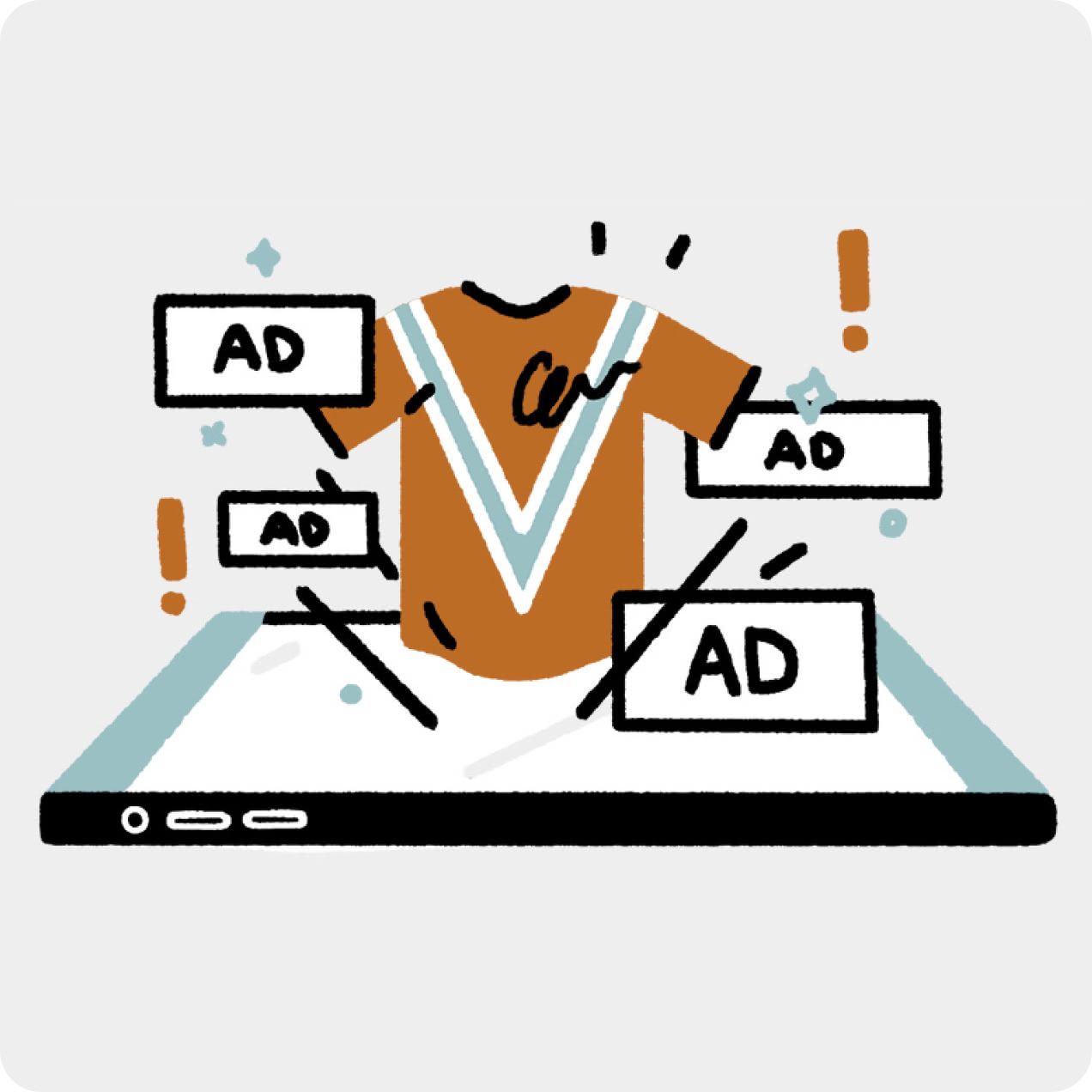
Here's how Internet Safety aligns with curriculum standards in Oklahoma. Use the filters to change the location, set of standards, and grade level.
PFL.3: The student will describe the functions and uses of banks and other financial service providers.
PFL 3.2: Compare financial products and services offered to consumers, including their risks and protections.
Standards
Defined by Personal Financial Literacy 7th-12th Grades and align with Internet SafetyPFL.8: The student will describe and explain interest, credit cards, and online commerce.
Standards
Defined by Personal Financial Literacy 7th-12th Grades and align with Internet SafetyPFL.9: The student will identify and explain consumer fraud and identity theft.
Standards
Defined by Personal Financial Literacy 7th-12th Grades and align with Internet SafetyPFL 9.1: Analyze how consumers can become victims of deceptive practices that significantly impact their financial well-being.
Standards
Defined by Personal Financial Literacy 7th-12th Grades and align with Internet Safety